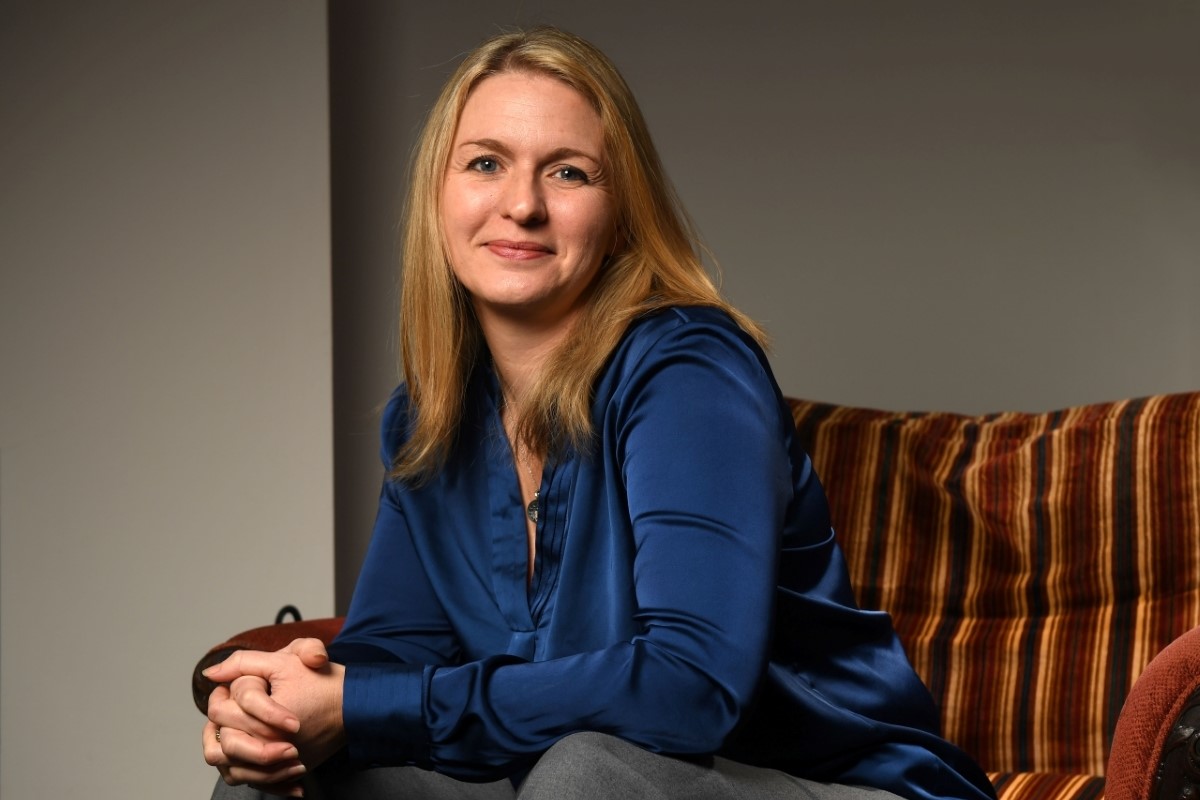Anti-racism must be active not passive

In the last couple of years, with the support of the Black Leadership Group, I have come to realise that embedding anti-racism must be active not passive. My motivation to strive towards a culture of authentic inclusivity comes from the realisation that the students in my own institution experience what I did decades ago. They describe how they are treated differently based solely on the colour of their skin. Listening to the lived experiences of my own students has made me realise that now is the time to act, to influence and to bring about change.
I have not only listened to the lived experiences of my own students, but I have also amplified their voices across the entire institution through staff development to ensure the importance of action is understood by all staff. The assumption that ‘it’s not as bad as it was’ in relation to racism is simply not true. This realisation came to me after listening to the emotion in the students’ voices as they explained their experience of racism.
The first interview, shared with all staff, was with a student describing her experience of racism which impacted her on a daily basis. She described her lived experience of colourism, explaining the darker the skin the more profound the experience of racism. She described how she is avoided at work by customers in favour of white colleagues. She described how she is avoided on public transport for no other reason than the colour of her skin.
The second interview, more recently, was with a student who described her experience of bi-racial imposter syndrome, feeling unable to identify with the black or white community due to her mixed-race heritage. Being told she is ‘whitewashed’ by her Black friends and feeling inadequate next to her white friends as she sees her own skin colour as an antithesis to what she thinks society perceives as beautiful. This interview, presented to all staff a high achieving student facing an internal identity crisis and lack of self-confidence due to bi-racial imposter syndrome.
For staff, the realisation that their students suffer due to racism makes the institutionalisation of anti-racism less of a challenge and more of an imperative. Some of the actions that I have implemented to improve the experience of Black and Asian students at my college include: guidance on teaching racially emotive topics with sensitivity, considering the diverse lived experiences of individual students on a daily basis, building inclusivity into the quality improvement and self-assessment process, analysing achievement gaps and supporting swift actions to address the root causes of student underperformance from particular ethnic groups, making effective use of images, resources and speakers that enable students from all ethnic groups to be proud of who they are and providing them with roles models, so that they are able to ‘see it to be it’.
As I interviewed both students it was evident that they were ambitious but had doubts about how far they would reach in their journey towards their dreams and aspirations. I recall feeling the same conflict at their age. My strategy was denial. I ignored the conscious and unconscious bias that I encountered as I made my own journey through the education system to prevent damage to my self-belief and to remain focussed on my goals. We must do better for this generation and the next generation. We must all contribute by firstly understanding our own students’ lived experiences and secondly take urgent actions to institutionalise anti-racism.
By Suki Dhesi, Vice Principal – Students, Learning & Quality, HSDC











Responses